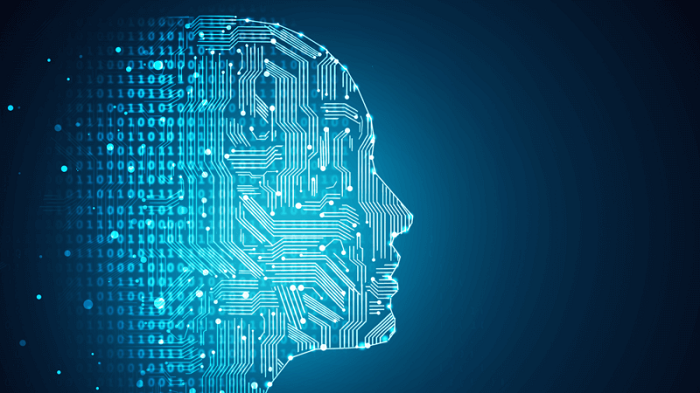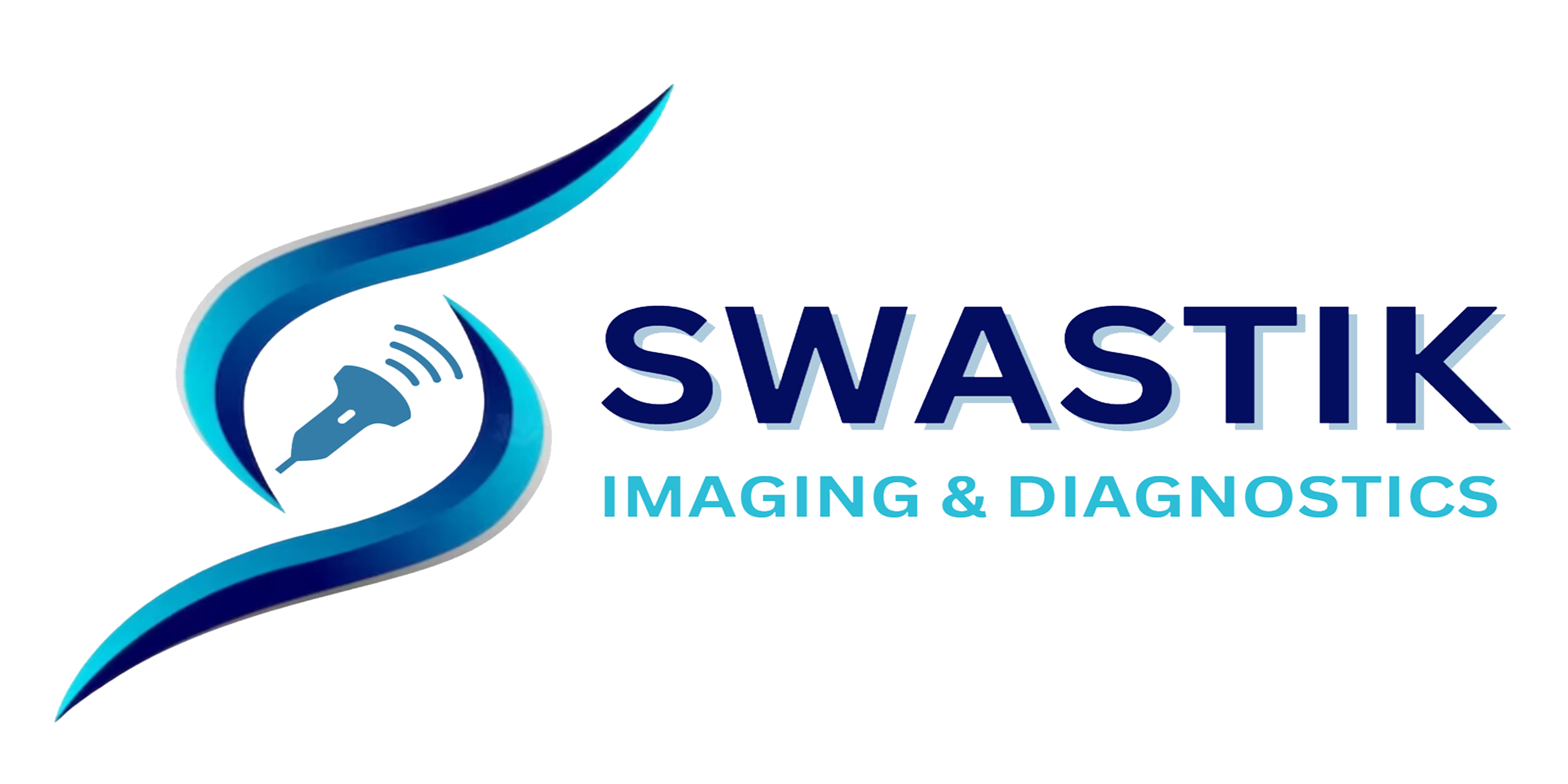Ultrasound

Ultrasound reporting using AI has the potential to revolutionize the field of radiology by improving efficiency, accuracy, and consistency in interpreting ultrasound images. Here’s how AI can be integrated into ultrasound reporting:
- Image Analysis: AI algorithms can analyze ultrasound images to detect and highlight abnormalities, such as tumors, cysts, or vascular lesions. By segmenting structures and identifying specific features, AI helps radiologists focus on areas of interest, reducing the time required for interpretation.
- Automated Measurements: AI-powered tools can automate measurements of organ dimensions, blood flow velocities, and other quantitative parameters derived from ultrasound images. This automation improves accuracy and consistency in reporting while saving radiologists valuable time spent performing manual measurements.
- Pattern Recognition: AI algorithms can recognize patterns and textures within ultrasound images, aiding in the diagnosis of various conditions. For example, AI can differentiate between different types of tissue, identify characteristic features of specific pathologies, and provide probabilistic assessments of disease likelihood.
- Clinical Decision Support: AI-driven ultrasound reporting systems can provide radiologists with real-time clinical decision support, offering differential diagnoses, treatment recommendations, and relevant medical literature. By integrating patient history, laboratory results, and imaging findings, AI helps radiologists make more informed decisions and formulate comprehensive patient management plans.
- Quality Assurance: AI algorithms can assess the quality of ultrasound images and flag studies that may require additional evaluation or follow-up. By detecting artifacts, inadequate imaging protocols, or suboptimal image acquisition techniques, AI helps ensure the reliability and diagnostic accuracy of ultrasound examinations.
- Structured Reporting: AI-enabled ultrasound reporting systems can generate structured reports containing standardized terminology, findings, and recommendations. By streamlining documentation processes and ensuring consistency across reports, AI improves communication among healthcare providers and enhances the efficiency of patient care.
- Learning and Adaptation: AI systems can continuously learn from new data and user feedback, refining their algorithms and improving performance over time. As radiologists interact with AI-powered reporting tools and provide annotations or corrections, these systems become increasingly accurate and reliable in interpreting ultrasound images.
Overall, ultrasound reporting using AI has the potential to enhance diagnostic accuracy, optimize workflow efficiency, and improve patient outcomes in radiology departments and healthcare facilities worldwide. By leveraging the power of machine learning and image analysis, AI enables radiologists to unlock new insights, expedite diagnoses, and deliver personalized care to patients with greater precision and confidence.
